A brief note on a few traditional art forms (Nadan Kalakal) of Kerala
Each part of the world has its own culture and art forms. In most cases, they hold some kind of uniqueness, though they often take influences from other parts of the world or neighbouring cultures. Let us come to Kerala. We all know that, though this small state forms a part of South Indian culture ad has been influenced by it, it also holds some rare features in terms of traditions, culture etc. Onam, Vishu, Saraswati Pooja etc have their own Kerala tastes, distinguishing from other cultures.
It happens with dance forms, religious rituals, traditional performing arts etc. Though small in size, Kerala is a land of art, mostly described in colourful terms. In costumes, literature, musical instruments and folk music, it is different from others. Arts can be broadly classified into two – those which can be visualized through attractive costumes, known as Drishyakala, and those enjoyed with the help of musical instruments, known as Shraavyakala. Dance forms can be enjoyed by both these ways.
When it comes to Kathakali, it can be enjoyed in different forms – Acting, Chitram, Silpam, Music and literature, and these forms are blended in exact proportion which makes it a unique art form. During ancient times, art was categorised in the names of Kottu (musical instruments mainly drum), Paattu (song), Koothu (traditional art form which includes both music and performance) and Aattam (dance). Art forms are also classified as temple art, traditional art and classic art.
Most of these art forms are deeply connected to social life and mythology, and hence very colourful. Many of them have interesting folklore associated with them. Earlier I have added some of the traditional dance forms of Kerala. Now I shall introduce you to a few traditional art forms (Nadan Kalakal) in brief. Theyyam, Thira, Padayani, Mudiyett etc are among those.
Theyyam

Theyyam means ‘God’. So Theyyattam means the performing art, wearing the costume of god. Theyyam is most common in Malabar, and is performed in different characters, representing stories and customs. Mostly Theyyakolam dances in Hindu ancestral homes and snake groves. Though linked to Hindu mythology, the whole people of a particular region celebrate the eve together. Though Theyyakolam holds some kind of divinity, it also aims at social welfare and criticizes social evils.
This traditional art form aims at social problems such as to eradicate poverty and diseases and also for prosperity in agriculture. Pottan Theyyam criticises division of people based on caste system. Let me tell briefly about a few terms related to this art.
Adayalam Kodukkal – The day is fixed and the artist is given responsibility to perform on a particular day.
Kottiyariyikkal – Announcement is made, when Theyyam is to be conducted
Thottam Nilkkal – The performer reaches before the idol, and sings. Soon after Thottampattu is completed, the performer performs Theyyam. He accepts offerings, gives Prasad and also blesses the devotees. At last he stands on a stool (Peedam) and removes hair (Mudi Azhikkuka).
Costume is of great significance in Theyyam. Hair is most important. It is of different types – Peeli Mudi (peacock feather hair), Neelan Mudi (lengthy hair lock), Vatta Mudi (round hair) etc. Some of the common ornaments are Maarmaala (chain), Kundalam (sphere shaped ear rings), bangles, Kaikuppayam (costume), Chilamb (musical anklets) etc. Chenda is the main musical instrument. Ilanjithalam and Kurumkuzhal are also used. Please know in detail about Theyyam here. Earlier I have added a lengthy article on Theyyam. Please have a look here.
Mudiyett

A traditional folk dance form performed in various districts of mid-Kerala and Travancore, Kali – Daraka war is normally staged in Bhagavathi Kaavu during Makaram-Meenam months in Thrissur, Ernakulam, Kottayam and Alappuzha districts. It’s conducted to please the goddess. The costume placed by the artist on head during performance is called Mudi. ‘Ettu’ means ‘to place/to load’ and the term Mudiyett is coined by combining these two words.
Main characters are Siva, Kali, Darakan, Kuli, Dhaanavendran, Narada, Koyimbada Nair etc. In Kali – Daraka war, Kali takes or fixes Darakan’s hair. In that meaning too, it is Mudiyett. I Kali – Daraka war is the main theme of Mudiyett too, and traditionally this art is presented by people belonging to Kurup community. It is performed in the aattakalam (the place where such rituals are conducted) near to Bhagavathi Kaavu, with representation from local folk, who assemble there. Along with songs, prose is also recited.
Kali – the main character wears a wooden mask, and dances before the lighted lamp. It’s the most important part of the performance. Social issues raised by the characters – Koyimbada Nair and Kuli give a humour touch to the presentation.
Chavittu Nadakam
This drama is quite popular among Christian communities. This classical art form came into existence in Kochi regions after the arrival of Portuguese in Kerala. Footsteps are very important, stamping forms an important part of the act and hence the name, Chavittunadakam. It has slight similarities with Kerala’s own Kathakali. It is presented in front of lighted Kerala lamp. Also like Kathakali, it has ‘Keli’, which is an announcement that Chavittu Nadakam is to be performed. First Keli is called Onnam Keli Perukkal, where Chenda is used as the musical instrument. At second Keli or Randam Keli Perukkal, artists go to green room and put on costumes. Third Keli Perukkal is done just before the play begins.
It is usually performed in open stages, and artists appear in western drama costumes. Kavi Prarthana, Eeswara Prarthana and Purappattu Paattu are done one after another in order. Kathaavatharam or presentation of story (real Chavittu Nadakam) is conducted after that. Tamil is slightly mixed in Malayalam for story presentation. Charlemagne’s history, story of Alexander etc are the major presentations. Chenda and Kaimani (bell) are used as percussions.
Kummattikali
Kummattis form an integral part of Onam celebrations of Thrissur and Palakkad districts. Thalla is the main performer, followed by Hindu mythological characters like Siva, Krishna, Hanuman, Kirathan, Pig, Kali etc. They use Onavillu and go to all homes of the locality, sing songs and dance to them. All characters are given mask, made using thin wooden pieces and spathe of aracanut leaves. Grass, banana leaves and waste things are tied to the body.

“Kundan Kinattil Kuruvadi Poyaal
Kumbittedukkum Kummatti
Ennal Kombathe Vaalan Pulinga
Ethichu Pidikkum Kummatti”
Kummattis also utter such humorous songs, as a part of their presentations. Please visit my Onam page to read a few articles on Onam, Kummattikali and related celebrations. Chenda and Ilathalam are the main percussion. For Onakummatti, Onavillu is used as the main musical instrument. It is done in both ways – as a part of tradition and also for recreation.
Kolkali
Kolkali is presented in different religious and community groups, and is traced back to ancient Kalaripayattu days. Specially designed sticks are used for performance, and they have fixed size too. The artists follow a rhythm during performance, and it is accompanied by music also. Like Dandiya raas of Navaratri season, the artists strike the sticks (known as Kol in Malayalam) of others while dancing on floor. As the act processes, pitch of the music also rises, and so is the rigour in dance steps when climax reaches.
Garudan Thookkam

It is a traditionally performed piece of temple art, related to Daraka Vadam of Mahakali. As per legends, even after killing Daraka goddess Kali was fully conquered in anger, and to please and cool her Garuda danced before her. The artist’s colourful costume is similar to Garuda, and he wears wings and beak. He dances along with musical instruments, mostly Chendamelam, by flapping his wings and also using his beak, cleans his feathers. Garudathattu similar to Koothambalam is used to do such performances and the artist dances on it. People carry such Garudathattu on shoulders.
Duff Kali
It is an important art form belonging to Kerala Muslims. It is also known as Dappukali and Dappumuttukali. The musical instrument Duff is used for the performance, and hence the name. Though earlier it was done as a traditional art form, later it became a part of recreation and social events too. The group normally contains 12 or more people, and the leader sings song for the group. Religious songs, battle songs, love songs and sad songs are all used as themes for Duff Kali.
Kaakkarissi Nadakam

It is an art form performed in south Kerala belonging to folk drama genre with some humour flavours. It is not a traditional performing art form or temple art. It is conducted on auspicious days and also during temple festivals. Main characters are Sundaran Kaakkaalan and two Kaakkaalathis. Kaakkaalan is a community, and female is called Kaakkaathi. Mridangam, Ganjira, Ilathalam and Harmonium are the main instruments used.
Arabanamutt
The musical instrument Arabana is used for the performance of Arabanamutt. It is broadly divided into two groups – Raatheebmutt – a traditionally followed art form and Kalimutt – a form of recreation. It became popular among Muslim Mappilas of Malabar. When Ustad Arabi starts singing in Malayalam, the whole team sings along him as chorus.
Padayani

Padayani Kolam arrives in groups in front from lighted fire torch and dried banana leaf torch. They are accompanied by cheers, shouting and kurava. There is no particular stage for its performance, and they perform in the midst of a crowd. It is normally performed in Bhagavati Kaavu, and dance steps are given much importance. Green spathe of aracanut leaves are used for making Kolams.
As per legends, after killing Daraka goddess Kali couldn’t conquer her anger. To pacify and please her, Siva and other gods wore Kolam and danced before her. There are many rituals associated with Padayani. Ganapati Kolam, Madan Kolam, Maruthakolam etc are fixed on heads, and then the artists dance according to the beats and rhythms of musical instruments.
Kuthiyottam

Performed in Bhagavati temples of south Kerala, Kuthiyottam in Attukal Bhagavati temple as a part of Ponkal celebrations is very famous. Kuthiyottam is also performed in the Bhagavati temples of Ochira, Chettikulangara, Chiranyinkeezhu, Kadaykkal, Mankomb, Alappuzha and Kollam. It is also conducted in snake groves of Kerala. Small wires made of gold or silver are pierced into the skin of teenage or younger boys, and taken to the steps of the temple. They are also given crown, many ornaments and also colourful spots on face.
The kids also dance during the occasion, accompanied by the music of Chenda, Ilathalam and Kurukuzhal, and also Thalapoli and lamps. After they reach temple, they pray to goddess and begin programs such as Vaaythari music. They live under austere conditions for a period of time and take strict Vrita. This ritual has now turned controversial in Kerala, and many social organizations have demanded its total ban.
Brief description on a few more less known art forms of Kerala culture
Arjuna Nritham – Performed in Changanasseri of Kottayam district, it is also known as Mayilpeeli Thookkam. The artist dresses as Arjuna of Mahabharata and has similarities with costume of Kathakali – Chutti and Minukk. Mridangam and Ilathaalam are the musical instruments.

Parichamuttukali – Performed in Kottayam and Malappuram districts, it is done as a traditional art form and also for social-recreation purposes. The group has a maximum of 16 participants, and no particular space is required. Its origin is traced back to ancient days when sword and buckler were most common weapons.
Kaliyoottu – It’s a traditional art performed in the districts of Thiruvananthapuram to please goddess Kali. The rituals are conducted during day and night combined. It also includes story of Kannaki and Kali-Darika battle. Chenda, Chengila, Thoppi, Madhalam and Kaimani are used as percussions.
Kooliyattu – It is quite popular among tribal groups of Kerala. Kooli represents evil spirit, and for exorcism a performer put on the kolam of that evil spirit and dances.
Kendronpattu – Also known as Gandharvanpattu, it’s quite popular in Kannur district. It is a traditionally followed art form and conducted in homes of pregnant ladies, to avoid entry of Gandharvas into their body. Vannaan community perform this act.
Ayyappan Theeyaatt – It is a traditionally followed art form conducted in Thrissur and Palakkad districts and performed by Thiyaadi Nambyar community. The performer uses fire torch for his dance and also walks on burning charcoal, as a part of his act. It starts with Kalamezhuthu, drawn in different forms of Ayyappa, and it’s done to please him and seek his blessings too.

Onathullal – It is a traditionally followed art form especially conducted in Kuttanad belt of Alappuzha during Onam season. It is traditionally performed by Velan community. Costumes are worn and performed by ladies, while men accompany them by singing Mahabali songs and percussions. The performing ladies carry tender coconut leaves in hands and crown on heads.
Poorakali – Performed in Kannur and Kasaragod districts of Kerala, it’s a traditionally performed group dance. It’s also performed for competitions, and the performers clap their hands along the song while performing. Story of Poorakali is related to Lord Shiva as Kamadahana. If it is a competition between two groups, it turns more interesting, and it is also known as Maruthukali. It may also check the depth of knowledge. People with good physique normally perform.
Kanyaarkali – It’s widely performed in Palakkad district. It co-operates traditional art factors with recreation, and is also known by the names – Desakali and Malamakkali.
Gaddhika – It’s popular in Wyanad region, mostly performed by Adiya tribal group for exorcism, dark magic and also for curing of diseases. It the religious rituals are conducted for a locality or for a group of people belonging to a particular area, it’s called Naattu Gaddhika.
Aivarkali/Ivarkali – Conducted in Bhagavati temples of Kottayam and Thiruvananthapuram districts of Kerala, it is a traditional art form. The artist put footsteps and makes noises with bells (Kolmani). Kuzhithalam is also used as percussion. Aivar represents five Pandavas, and as per legends Pandavas sang and danced before goddess Kali. Songs are mostly praises for Lord Krishna.
Kalamezhuthu Paattu, Oppana, Mappilla kali, Porattu Nadakam, Thidambu Nritham, Kolam Thullal, Nayatti Kali, Pavakoottu – the list is so long. You can fit these art forms into religious category or for recreation purposes. There might be countless less-known art forms performed in different parts of Kerala. All these art forms enrich our cultural space, and make god’s own country pride. Watch this space. I may add more in future.




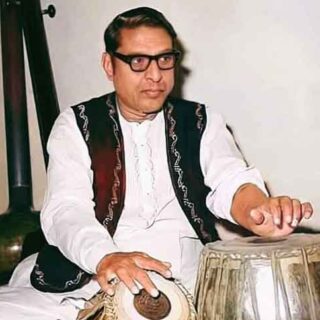
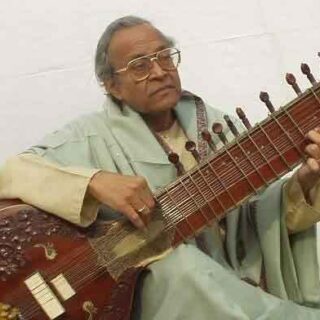
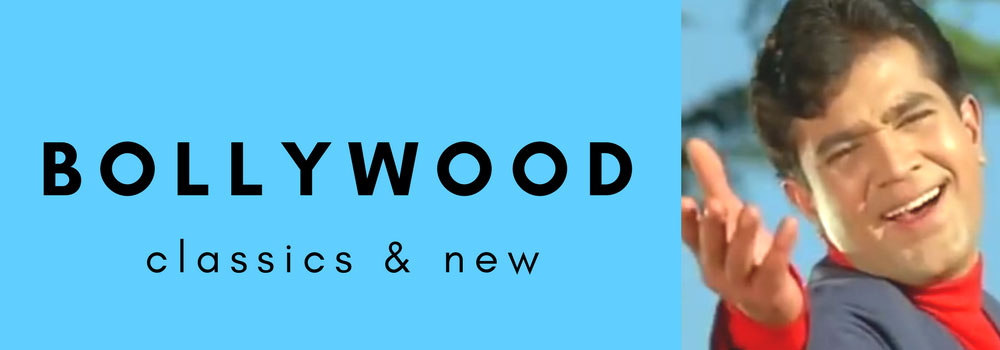
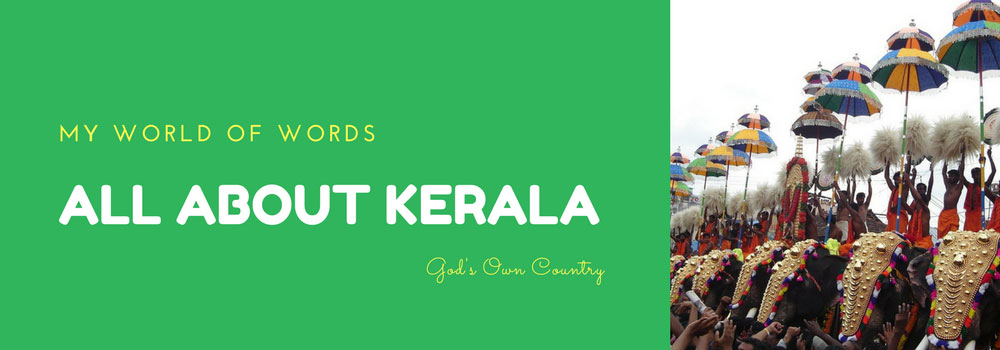
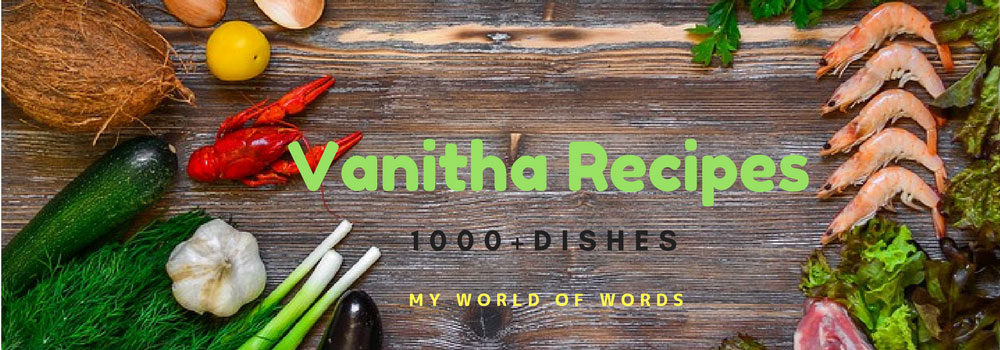
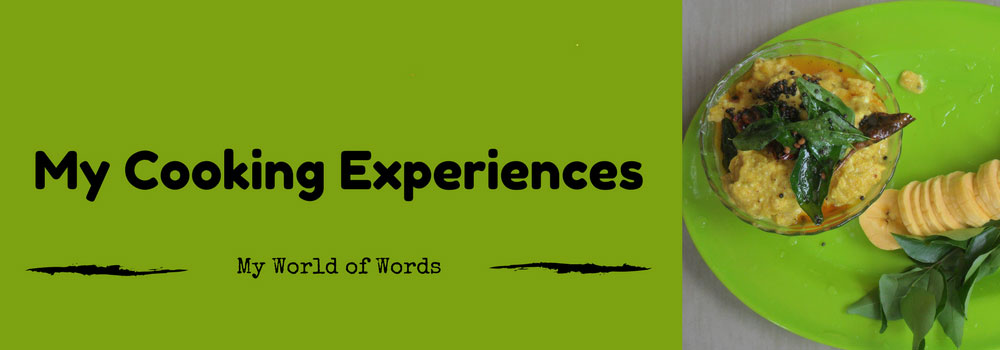

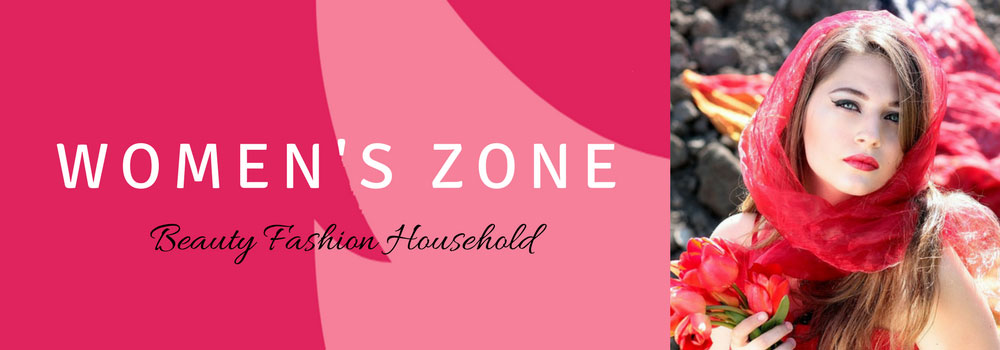

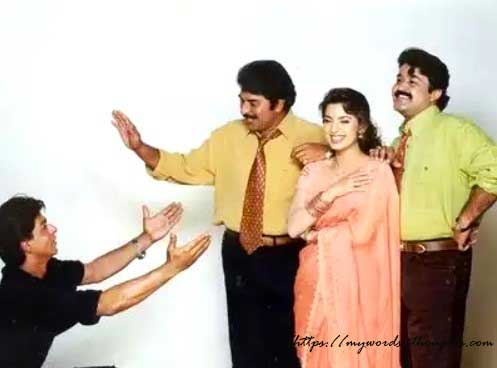
Recent Comments